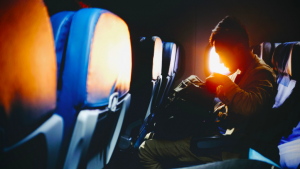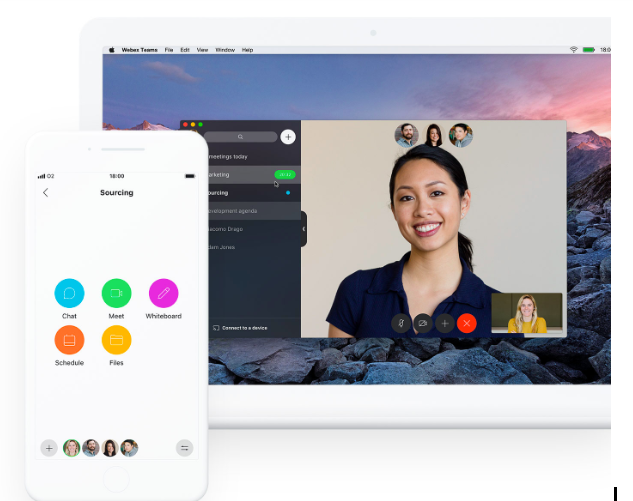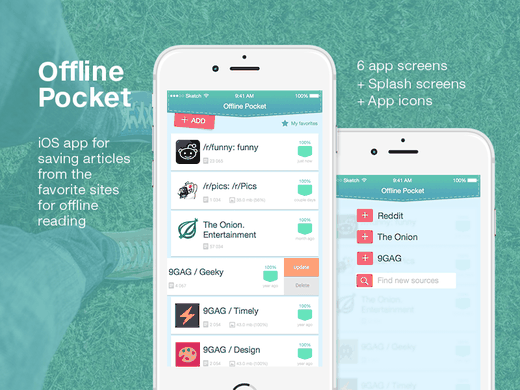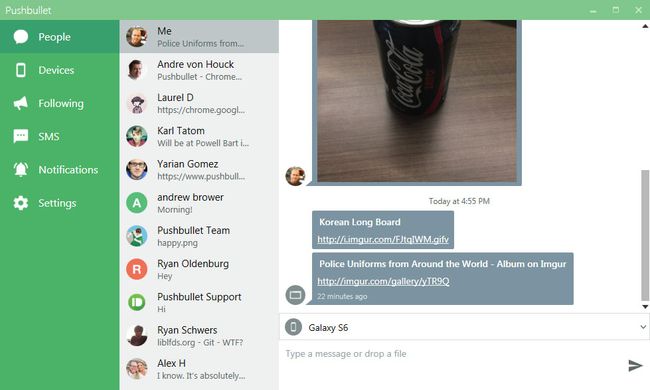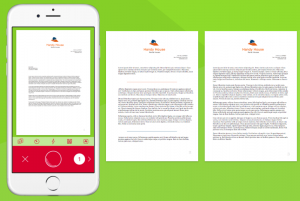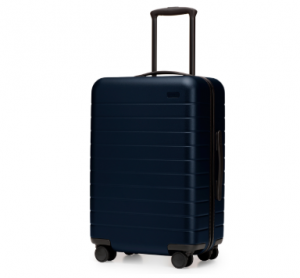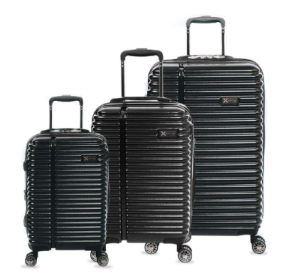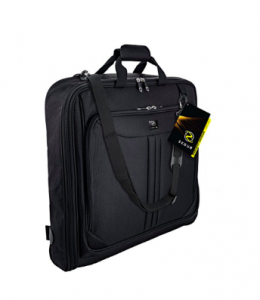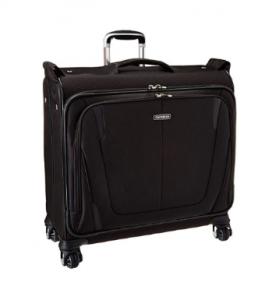There is no doubt that technology has solved a myriad of communication problems in businesses, and can make us feel more connected to our clients. But when it comes to building rapport and trust with our significant clients and business partners, nothing is more effective than meeting face-to-face.
Through your travels, you’ve likely found that in other countries, trying to communicate solely through language does not always work, so being able to communicate ideas, needs, etc. clearly, depends on a variety of body language skills that technology lacks. Meeting face-to-face gives you a whole host of other ways to get your point across, including hand signals, facial expressions, eye contact and you’ll have more opportunities to clarify key points of discussion.
But other than that, why is meeting face-to-face more effective than merely joining a video call? Here’s our input to why that is:
Minimizes Distractions
 Let’s face it, we are bombarded with distractions through the day. Whether that be an incoming call, e-mail, text, knock at your office door, meeting virtually leaves a lot of space to lose the attention of whom you are speaking. If you are present, sitting face-to-face, your meeting is likely to remain focused and uninterrupted.
Let’s face it, we are bombarded with distractions through the day. Whether that be an incoming call, e-mail, text, knock at your office door, meeting virtually leaves a lot of space to lose the attention of whom you are speaking. If you are present, sitting face-to-face, your meeting is likely to remain focused and uninterrupted.
Minimizes Rejection
In today’s digital world, rejection is much easier to do with a quick e-mail or even a text. If you’re meeting with a prospective client, but you have not built a face-to-face relationship, they may feel it is easier to say “no” or brush you off. Face-to-face meetings are so important to build that relationship and make it a whole lot more difficult for the client to reject your proposal quickly.
Eye Contact
 When you’re looking at a screen, you’re not looking at the person. Your eyes may jump to yourself, objects around the room, or away from the screen, which disconnects you from your client. In person, you will be more likely to capture your client’s attention through eye contact. This shows you are paying attention, focused on the discussion, and you take this professional relationship seriously.
When you’re looking at a screen, you’re not looking at the person. Your eyes may jump to yourself, objects around the room, or away from the screen, which disconnects you from your client. In person, you will be more likely to capture your client’s attention through eye contact. This shows you are paying attention, focused on the discussion, and you take this professional relationship seriously.
Information Gathering
Meeting in person allows you to gather valuable information about your client or business partner. You will better understand their body language, mannerisms, tone of voice, and the way they prefer to conduct business. You can also gather information about their interests based on the location you meet, your surroundings, and more, which can be useful down the road. This also enables your client to gather information about you, and the more they know about you, the more they understand how to communicate with you moving forward.
Once you’ve built this critical face-to-face connection, you’ll be able to continue with your business relationship using all of the very convenient modes of communication that technology provides. For a client, knowing that you’re willing to meet them in person or travel to keep their business, this can lead to a long and prosperous business partnership.

